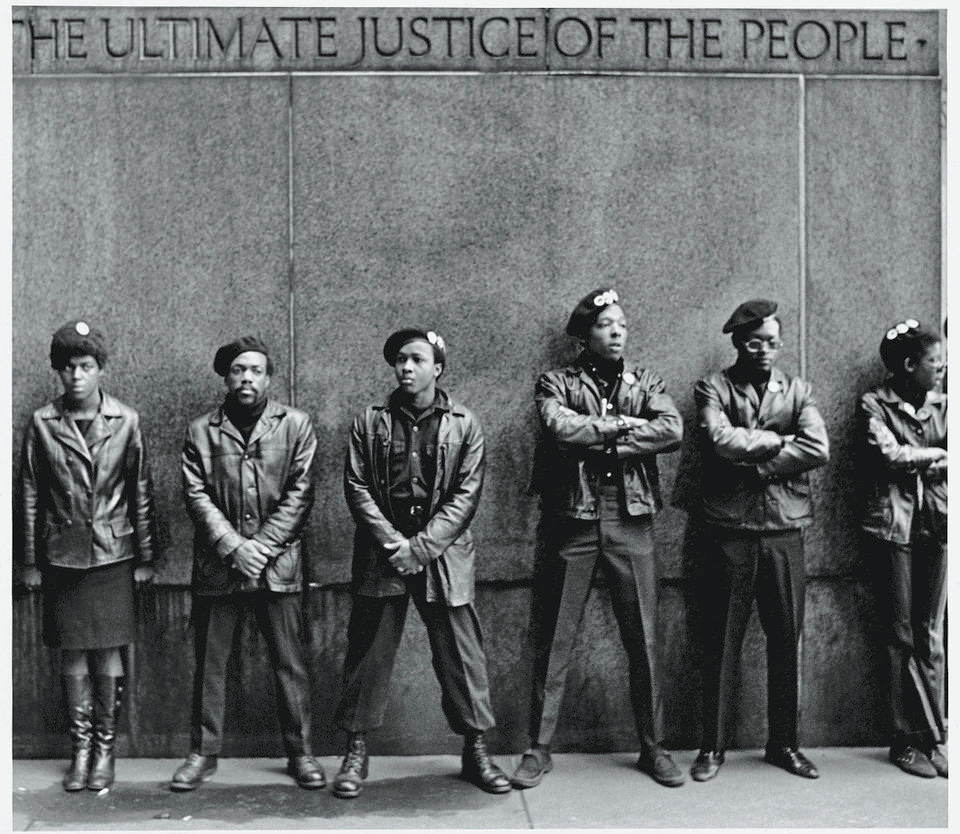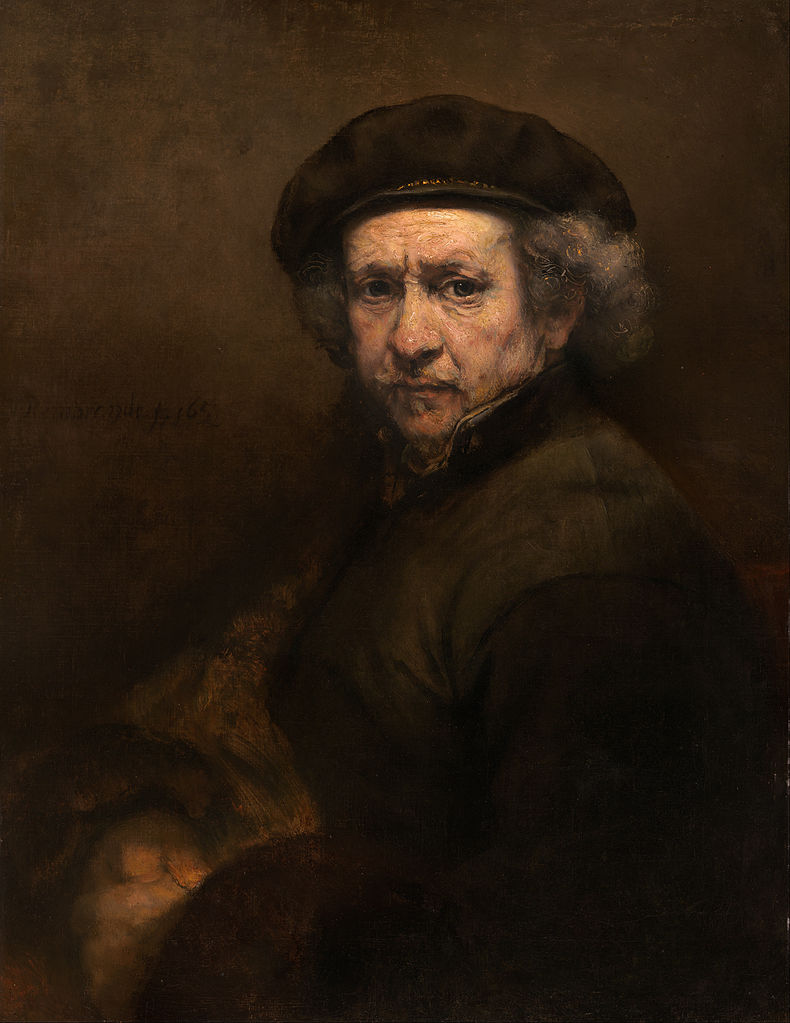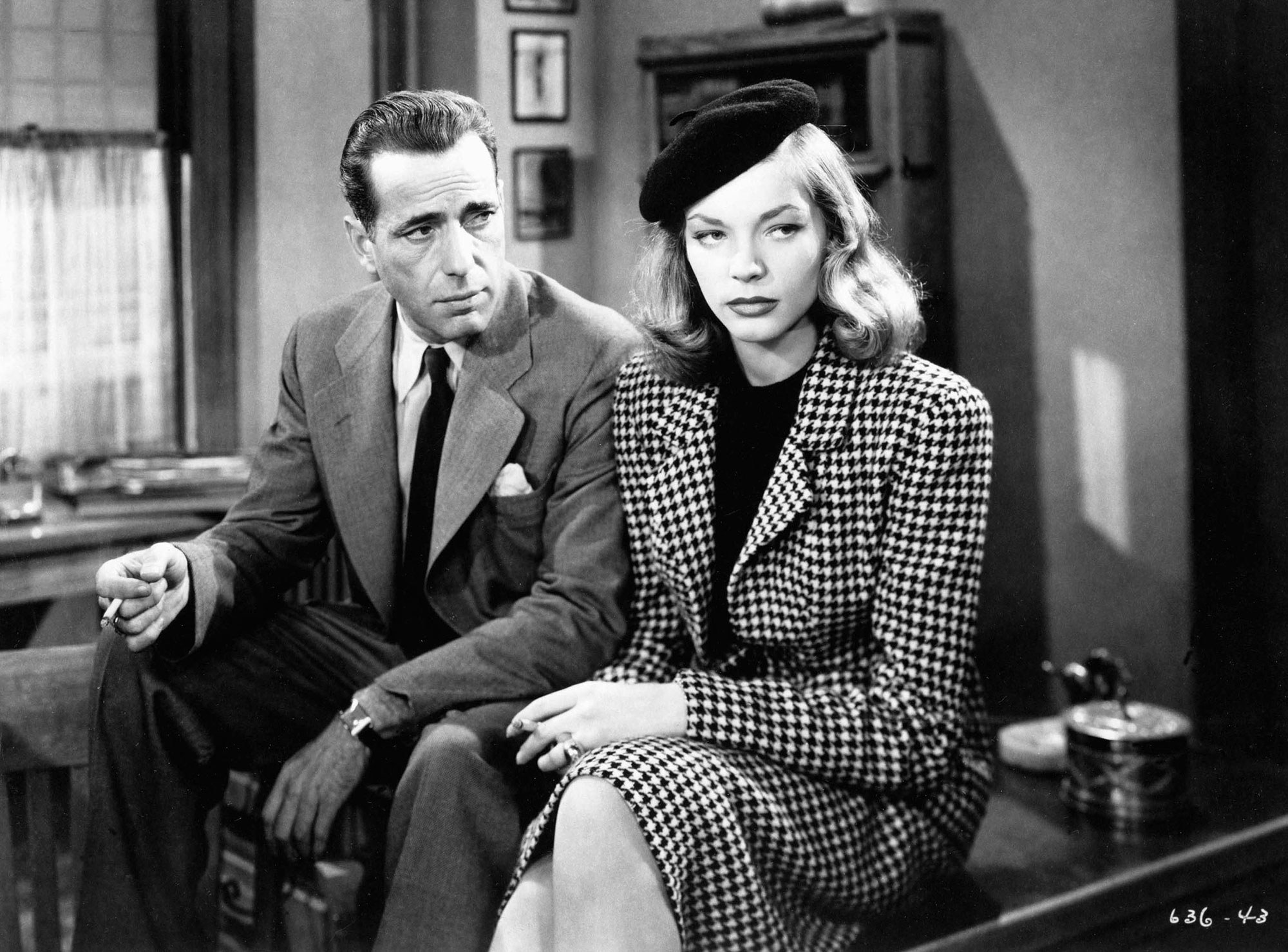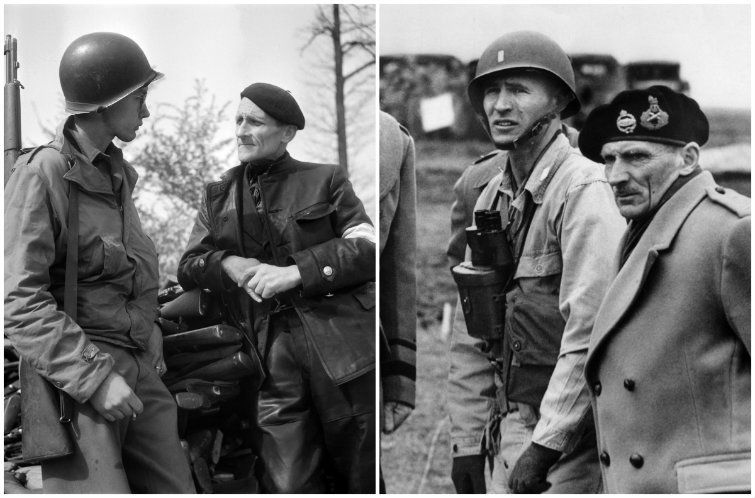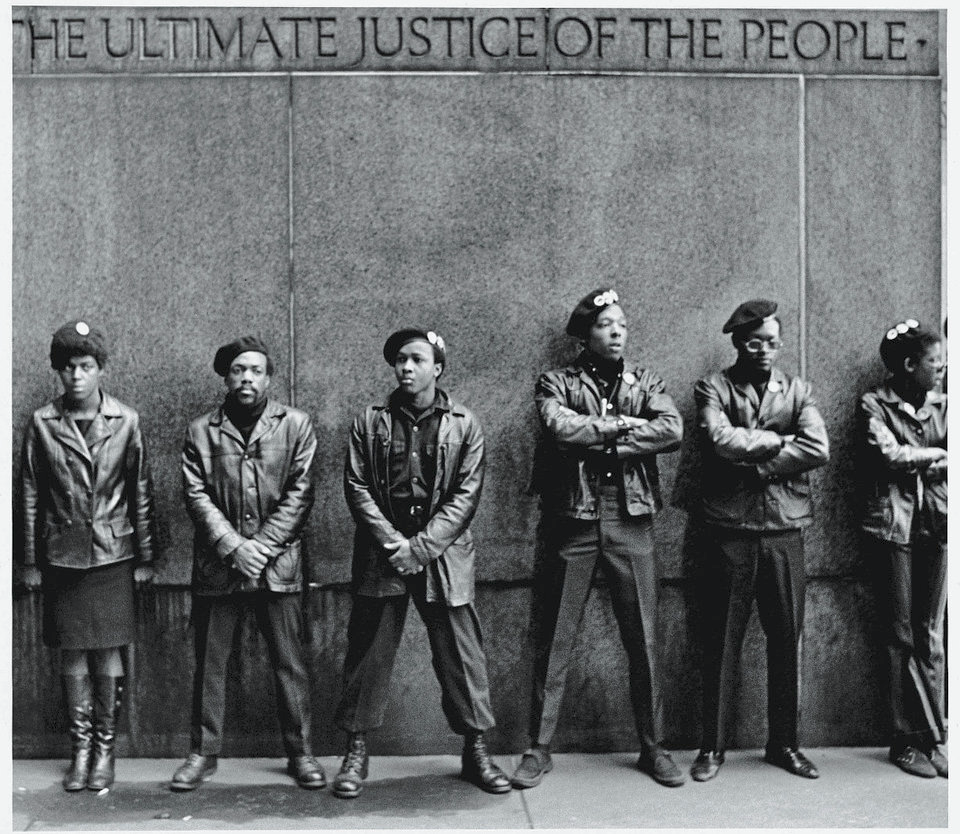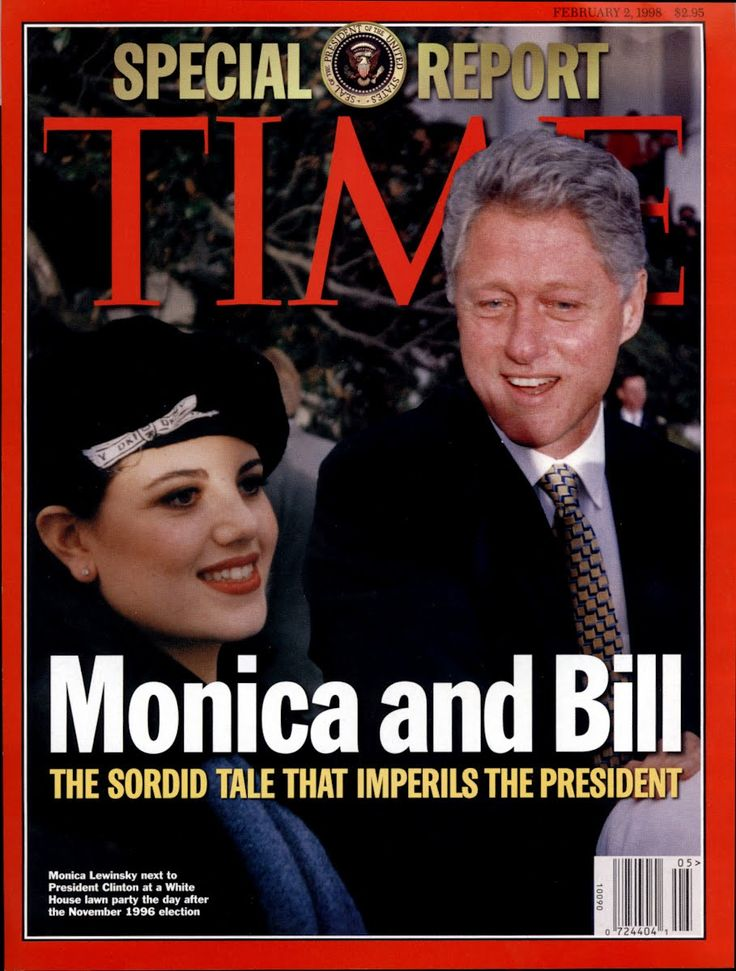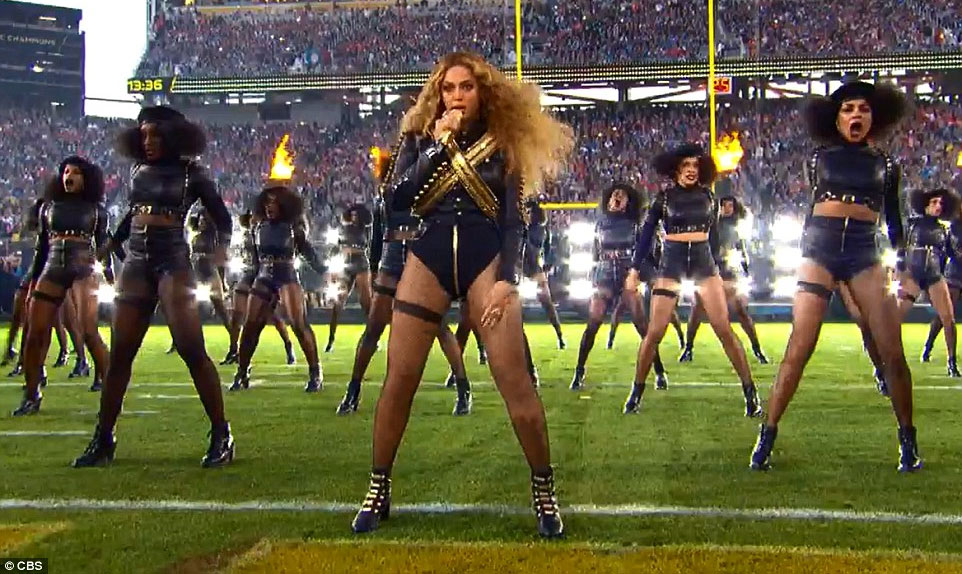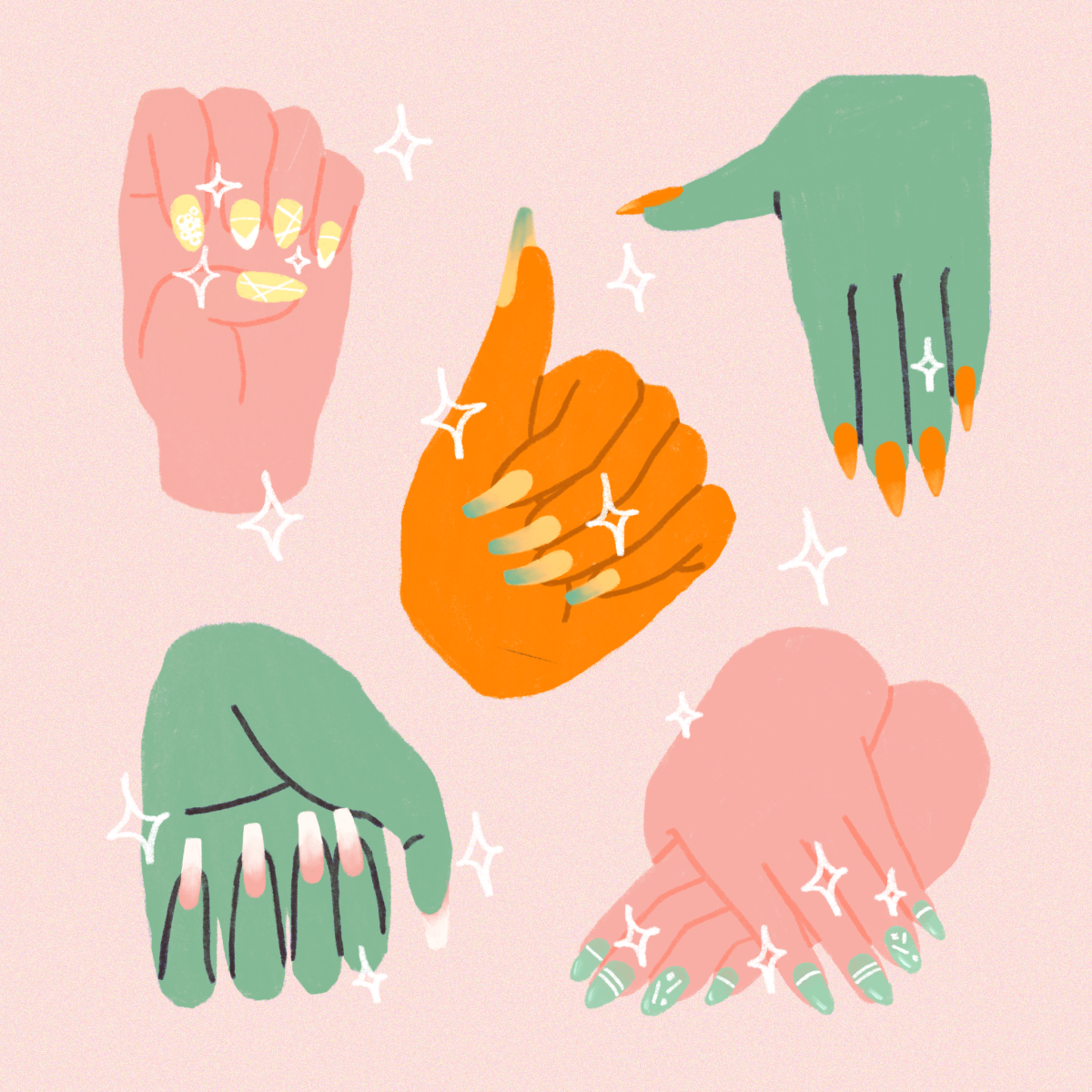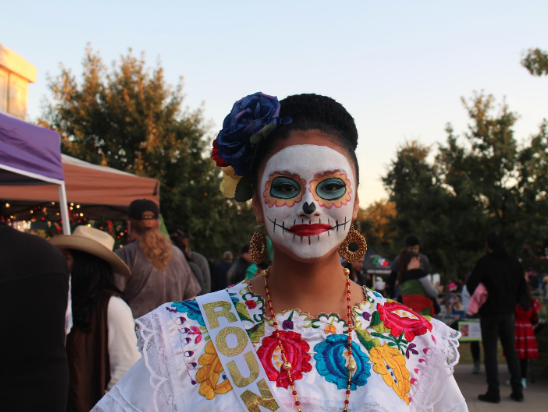With a drop of a hat, it feels like you transform into a chic person sipping coffee outside a Parisian cafe. However, this was not always the case.
Story by Alexis Green
Through battlefields and social movements, ORANGE Magazine takes a look at the evolution of the beret. Walking a fine line between statements on politics and fashion, the beret has outlived many generations. Throughout the years, it has developed versatility in meaning and wardrobes. Whether this reappearance of the hat is a fad or not, it is clear that the beret is here to stay.
1500s-1800s
Berets were not always the chic accessory that they are considered today. Due to cheap manufacturing costs, the hat was mainly worn by the European lower classes in the 14th and 15th centuries, as depicted in many famous paintings. In 1835, however, the accessory was officially deemed the beret and was worn by the French and Spanish militaries.
Photo courtesy of Wikipedia
1900s-1930s
It was not until this time period that the beret earned its current status as a beloved accessory. You could not walk the streets of Paris in the 1920s without seeing someone wearing a black beret. Within a century, the hat transformed from “peasant wear” to a fashion staple.
Photo courtesy of Vogue
1940s-1950s
The beret made another appearance as military wear during World War II. Previously worn by the British military among others, the trend hopped across the pond and became a uniform standard for the U.S. Army’s Special Forces known as the “Green Berets.” Its popularity continued spreading and eventually the beret was worn by militaries from China to Canada.
Photo courtesy of Getty Images
1960s-1970s
There is a reason a beret makes you feel like you are channeling your inner Bridget Bardot. From French actresses to artist Pablo Picasso, the beret was making appearances everywhere. With the popularity of new wave French films in the ‘60s, the hat trend was once again on the rise.
While it was known for its glam, the accessory continued to have prominent political ties. Figures like the former Cuban prime minister Fidel Castro could be seen wearing a beret. During the ‘70s, a political movement was not complete without a beret. Many activist groups saw the relationship between the beret and identity. The Black Panthers, for example, wore all black outfits with a black beret. Berets went from being a form of fashion to a form of resistance.
Photo courtesy of Huffington Post
1980s-1990s
Prince made everyone want to own a raspberry beret from a second-hand store in the ‘80s. Besides the music scene, the beret made an appearance in politics, but for a different reason this time. When Monica Lewinsky made headlines in the ‘90s, she was frequently photographed in a beret. Runways also began walking the accessory back to mainstream fashion.
Photo courtesy of Time Magazine
2000s-Present
You cannot talk about berets without mentioning Beyonce’s 2016 Super Bowl Halftime Show. Inspired by the Black Panthers, the performance featured fierce dancers adorned in black outfits and berets. Since then, the beret has continued popping up in stores everywhere and has returned as a popular accessory.
Photo courtesy of CBS































